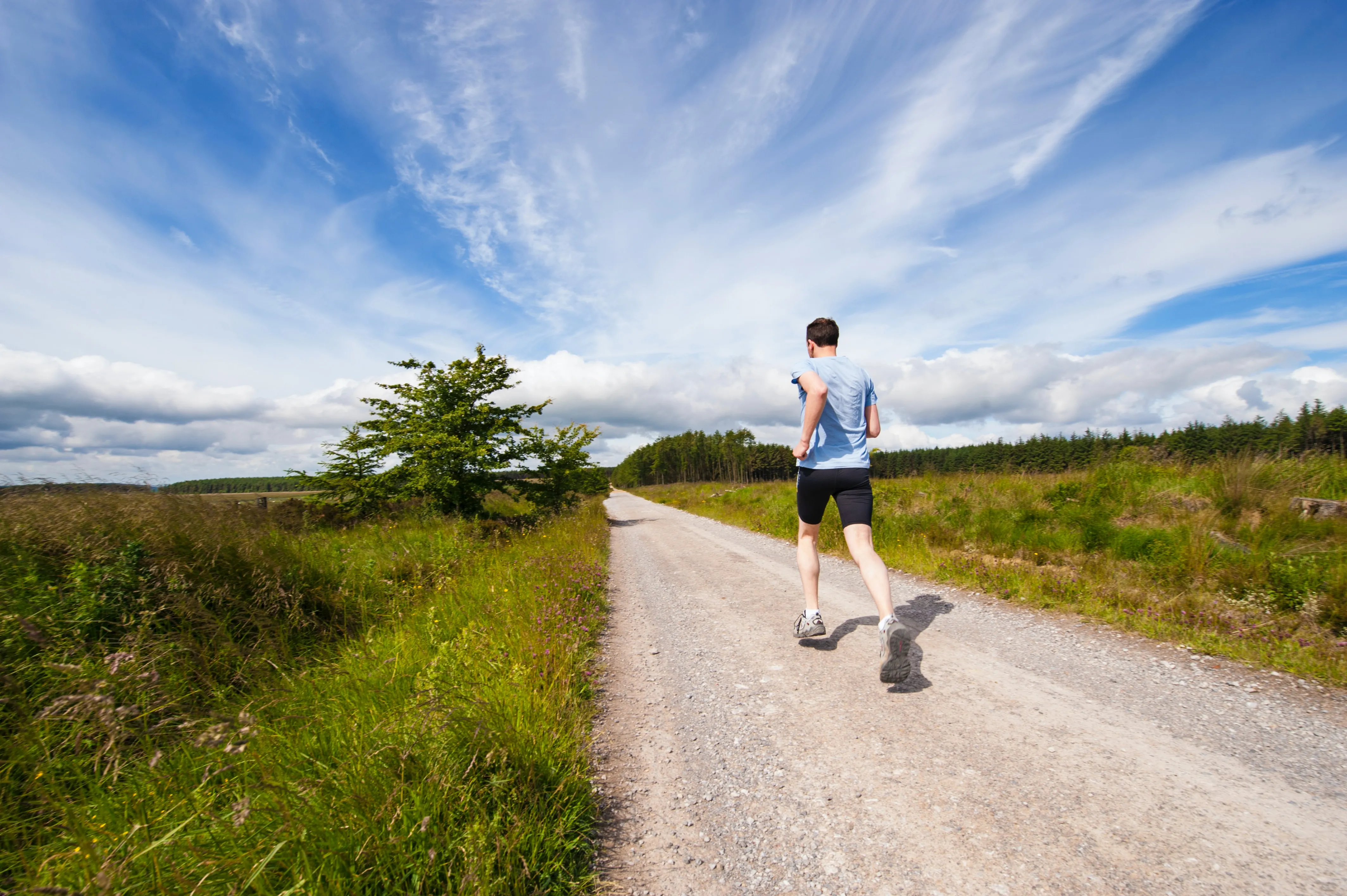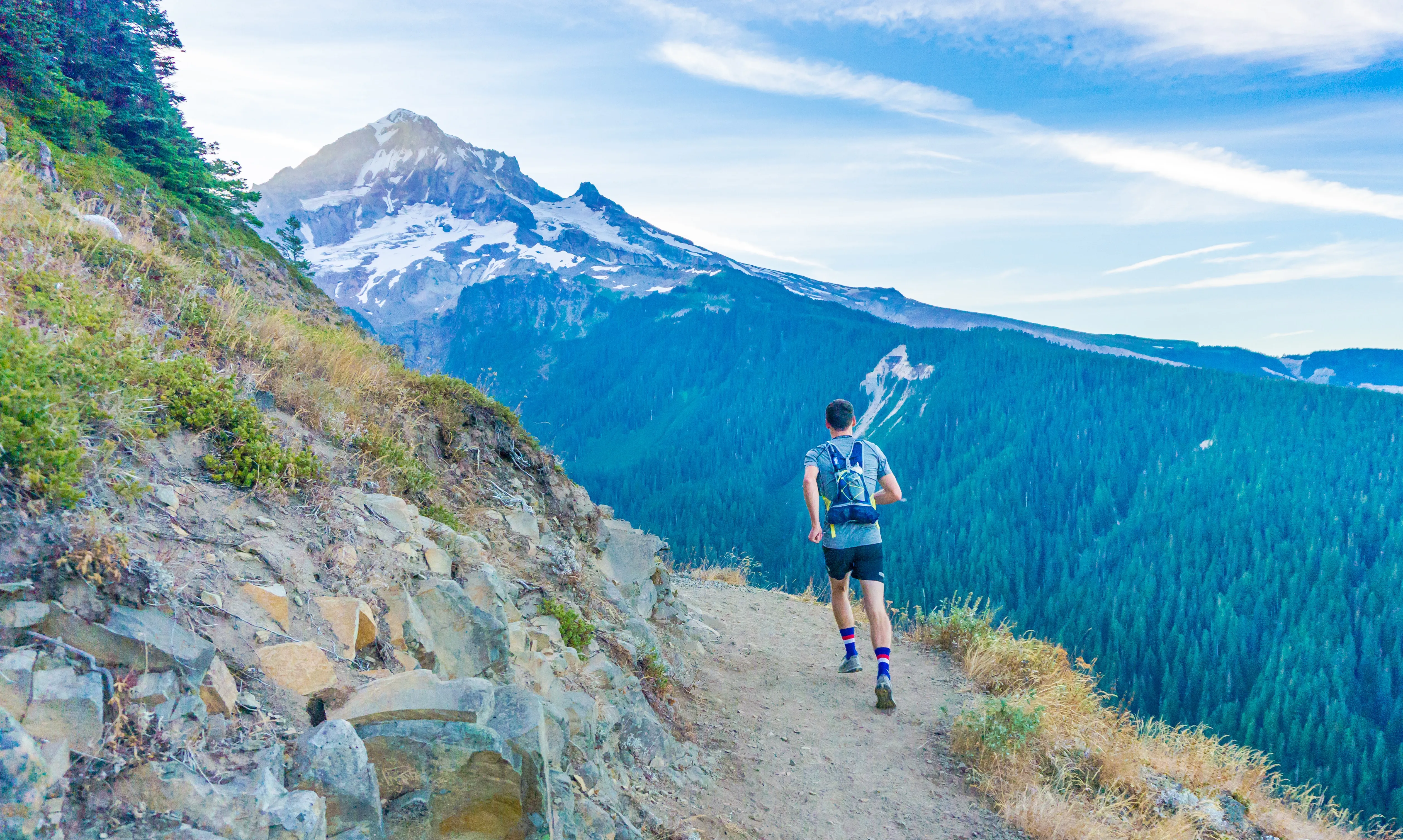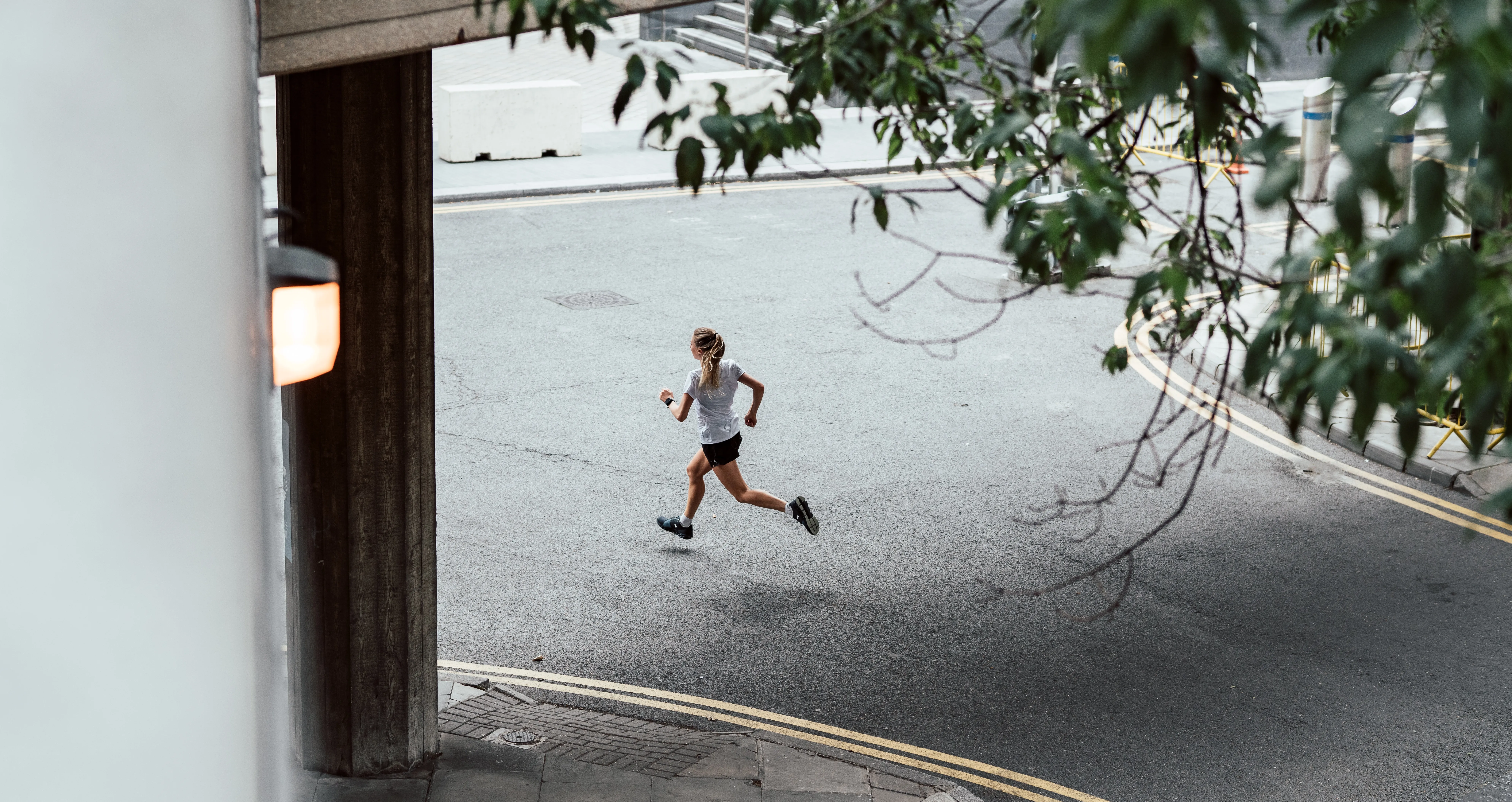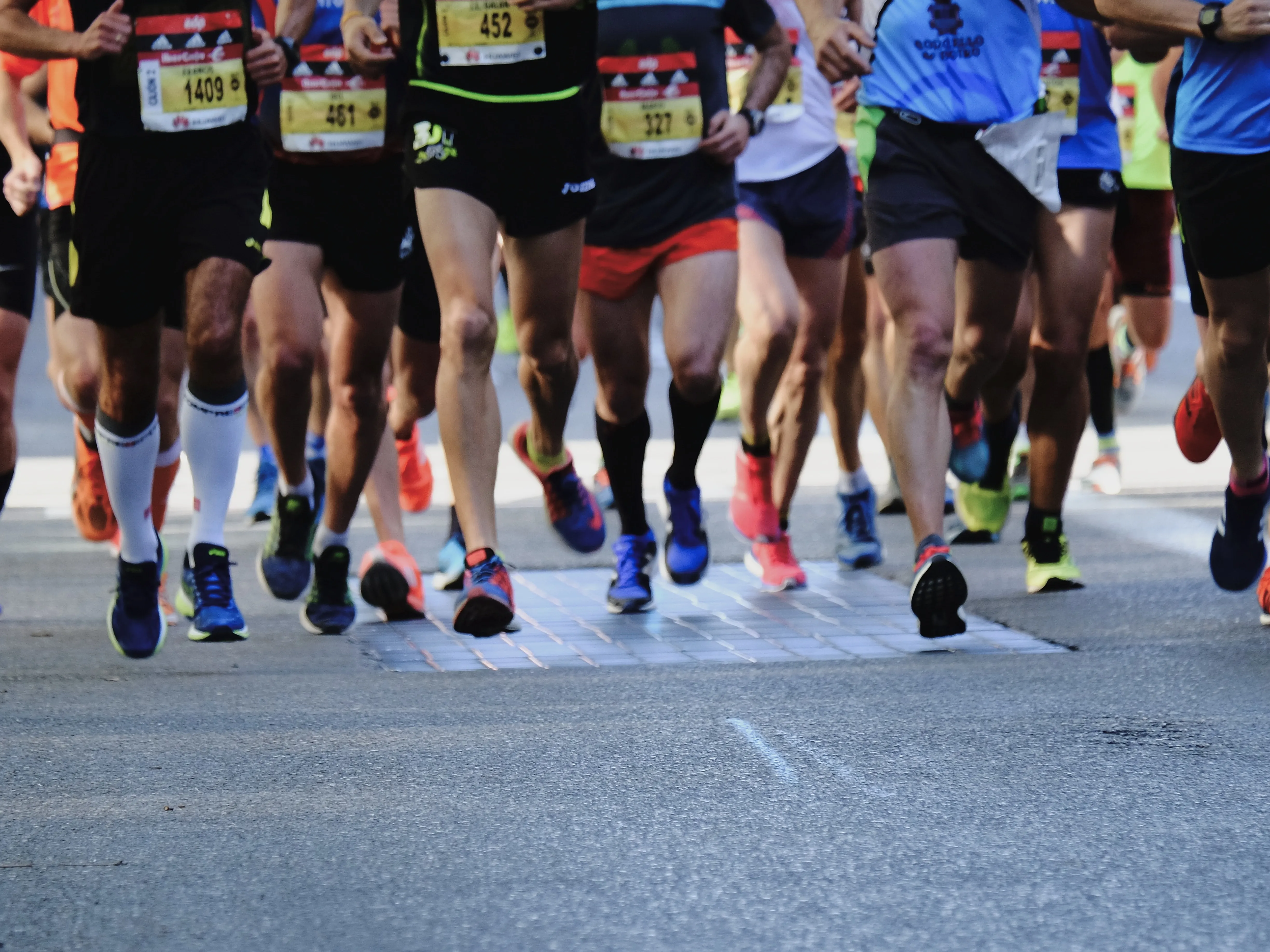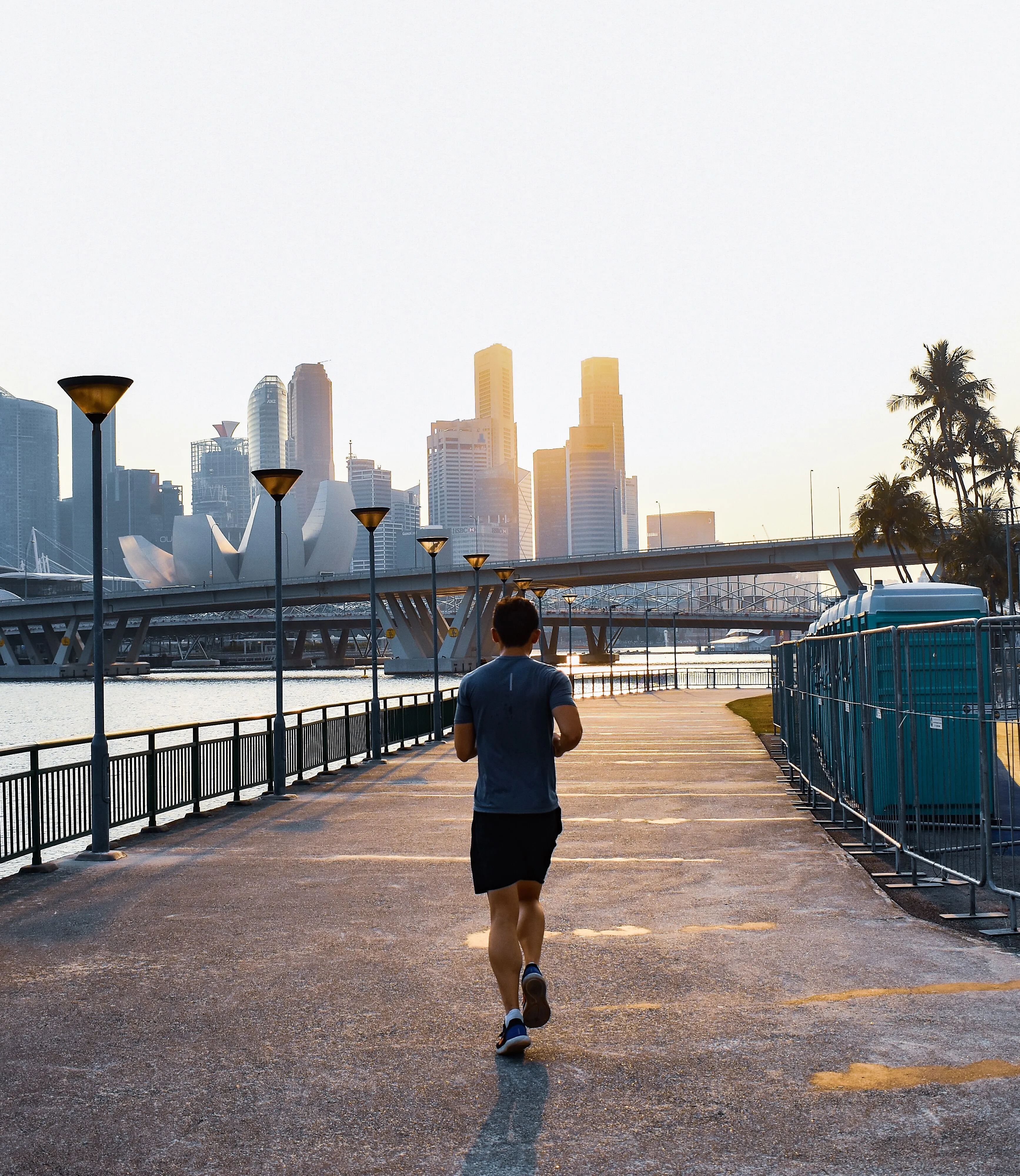
City running has its unique set of challenges. From dodging pedestrians to navigating traffic, the urban jungle can be complex terrain for runners. And yet, the cityscape’s vibrant energy, diversity of sights and sounds, and thrill of conquering concrete can provide a running experience that is truly unrivaled.
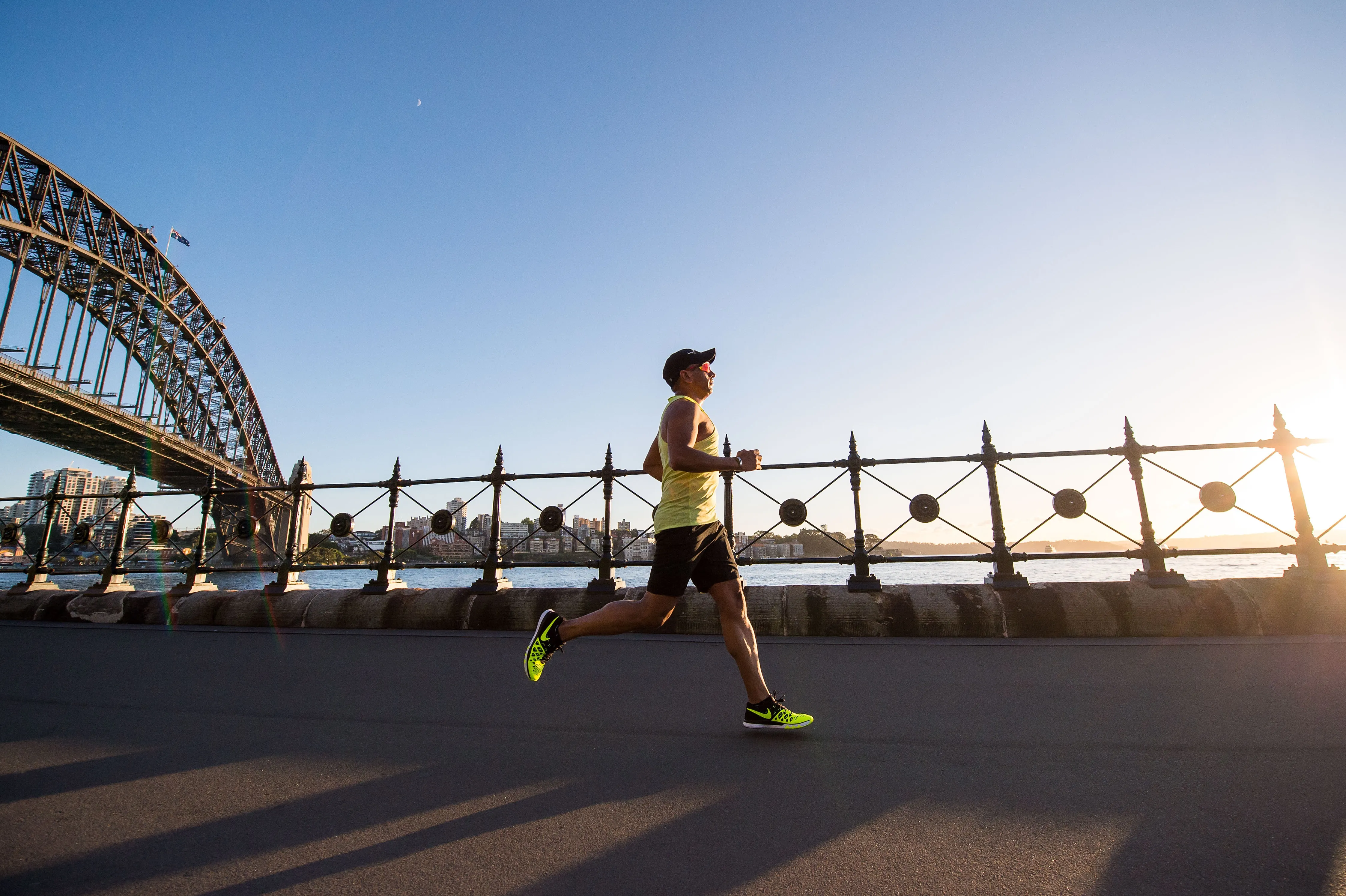
The Challenges of Urban Running
Traffic and Pedestrians
The first thing that often comes to mind when talking about city running is navigating through traffic and pedestrians. You need to be constantly aware of your surroundings, scanning the area for any potential hazards such as speeding vehicles in crosswalks, unaware pedestrians, cyclists, and even pets on leashes.
Air Quality
Air quality can be another concern for city runners. Cars, industries, and densely packed buildings can contribute to polluted air. Runners, who typically inhale more air than people at rest, could be more exposed to these pollutants.
Limited Natural Surfaces
In the city, your running terrains are mostly limited to concrete and asphalt, which can be hard on the legs and feet. Unlike trails or grassy fields, these surfaces have little to no give, making it difficult for some runners.
Tips for Productive City Running
Despite the challenges, city running is not without its charm. Here are some tips to make your urban runs safer and more enjoyable.
Plan Your Route
Scout your city for runner-friendly areas or parks. Some cities close certain streets for runners and cyclists on weekends. Research these routes and include them in your running itinerary. There are also plenty of apps that can help you find popular running routes in your city.
Time Your Runs
Early morning or late evening runs can help you avoid the majority of traffic and pedestrians. Moreover, these times often offer cooler temperatures compared to the midday sun. If running at night, make sure to wear reflective clothing to enhance your visibility.
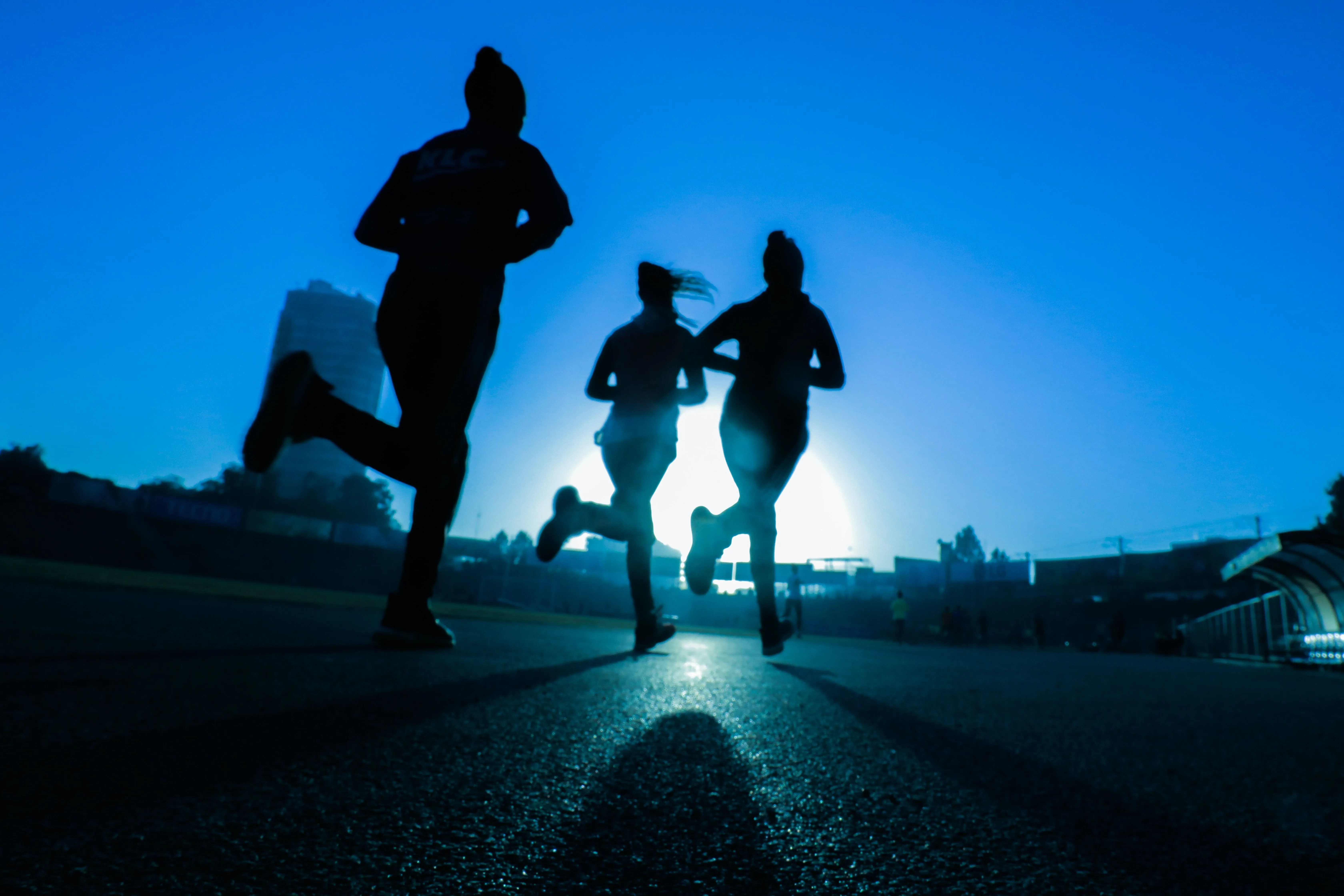
Use Correct Gear
Proper running shoes can reduce the pressure on your legs and feet when running on hard city surfaces. Also, considering the variable weather in an urban setting, having a jacket, hat, or sunglasses can protect you from unexpected rain showers or glaring sunlight.
Follow Traffic Rules
Just like other road users, runners should adhere to traffic lights and signs. Always use pedestrian crossings and sidewalks when available. If not, run against traffic so you can see the oncoming vehicles clearly.
Despite the unique challenges it presents, city running is a remarkably enjoyable and rewarding endeavor. It lets you understand and engage with your city in ways non-runners won’t experience. With some simple adjustments and preventative measures, you’ll be racing down the city streets with confidence and ease. Whether you’re a seasoned runner or just starting out, let the urban jungle be your playground!
